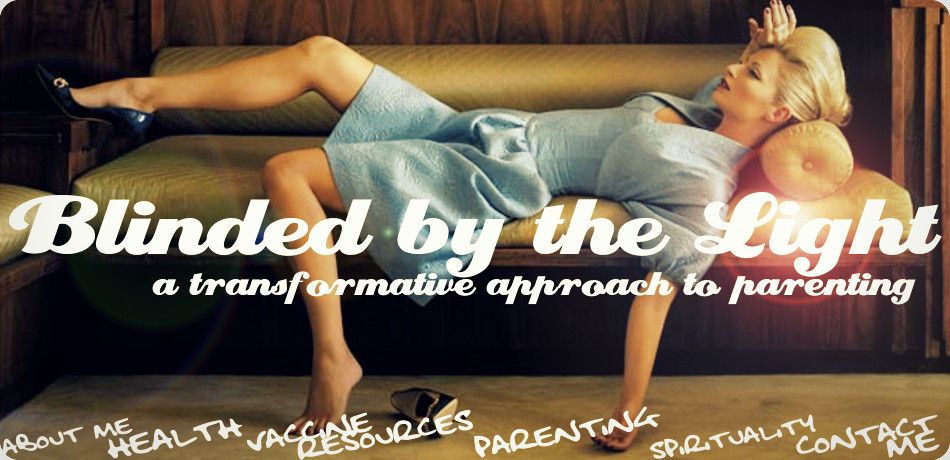Overall, there are two basic types of skin cream or lotion protection: sunscreens, which absorb and deflect (or reflect) the sun' s rays via a chemical reaction, and "blocks"—zinc oxide and titanium dioxide—which create a physical barrier against rays.
Ingredients to Avoid:
• PABA: Though rarely used now in sunscreens, beware of products that contain the ingredient. Forty percent of the population is sensitive to it, experiencing red, itchy skin.
• Benzophenone (benzophenone-3), homosalate, and octy-methoxycinnamate (octinoxate): These chemicals are of more concern because they have shown estrogenic activity in lab tests. Dr. Margret Schlumpf of the University Zurich ' s Institute Pharmacology
• Parabens (butyl-, ethyl-, methyl-, and propyl-): Parabens may also mimic estrogen, but because they are common in sunscreens, avoiding them may prove difficult.
• Padimate-O and Parsol 1789 (2-ethylhexyl-4-dimethylaminobenzoic acid and avobenzone): These two chemicals have the potential to damage DNA ' s surface, these chemicals do protect from UV damage; however, once absorbed into the skin, these same chemicals can prove destructive. Dr. Knowland' s research indicates that Padimate-O and Parsol 1789 "are excited by the UV energy which they absorb and become reactive, acquiring the potential to attack cellular components, including DNA." Knowland cautions that "DNA damage inflicted by an excited sunscreen is much less capable of being repaired by naturally occurring repair mechanisms than the DNA damage inflicted by UV alone."
Which Sunscreens Are The Safest?
Check out the online database that rates sunscreen safety and effectiveness, here.
This in-depth analysis of the safety and effectiveness of more than 700 name-brand sunscreens. The new database lists products that offer the best combination of safety and effectiveness: they are formulated with the safest chemicals, are most effective at protecting against sunburn, and help prevent long-term damage caused by the sun’s UVA rays, which are linked to skin aging, wrinkling and, potentially, cancer.
Best Overall Sunscreen goes to Purple Prairie this year for their
Best Ingredients goes to Badger for all their sunscreens. Every year Badger sets the bar for safe ingredients and this year is no exception. It’s truly all natural and organic. They have also gone a step further to up the ante on their sunscreen ingredient and are now using non-nano uncoated Zinc Oxide. Badger’s sunscreen is a top performer in protection especially with rough or lengthy swimming. It’s the most water resistant sunscreen I’ve used and protects even after hearty swimming. Badger is always a safe bet. Totally worth the money, especially if you have swimmers.
Sources:

No comments:
Post a Comment
Please be respectful. If you are about to say something that you would not let your child hear, then please refrain from saying it.